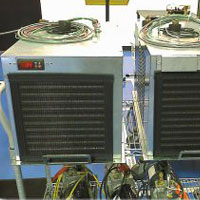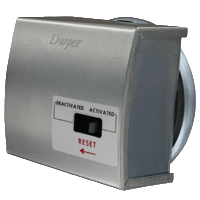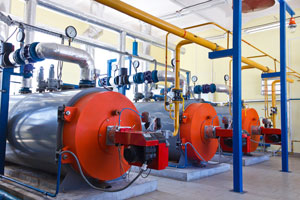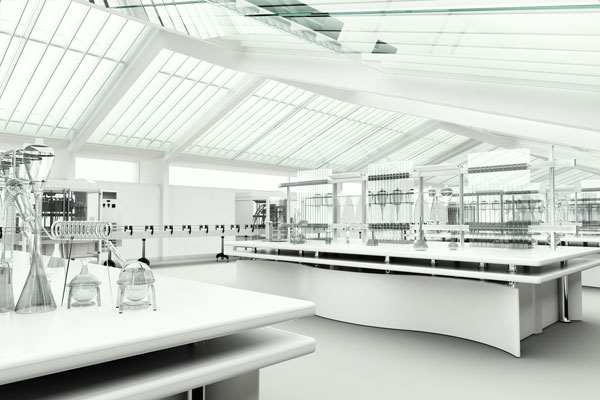Commercial Refrigeration Thermostats Go Digital for Greater Control
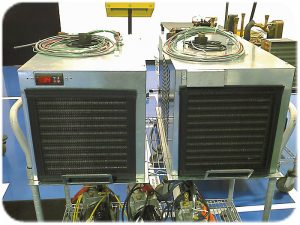 In the past, bulb and capillary mechanical thermostats were used in chillers to maintain proper water temperature. As technology has advanced, digital temperature switches have replaced many mechanical ones because a digital temperature switch provides the same functions while also serving as a timer, external relay and thermometer. Where are digital temperature switches used, and which features have caused the conversion? Continue reading “Digital Chiller Thermostats”
In the past, bulb and capillary mechanical thermostats were used in chillers to maintain proper water temperature. As technology has advanced, digital temperature switches have replaced many mechanical ones because a digital temperature switch provides the same functions while also serving as a timer, external relay and thermometer. Where are digital temperature switches used, and which features have caused the conversion? Continue reading “Digital Chiller Thermostats”
Solve High Duct-Static Cutout Problems with the Series 1831
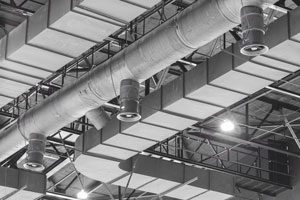 High duct-static pressure creates problems during a building fire when fire dampers close. Closed fire dampers cause downstream duct sensors to detect a drop in pressure. The duct pressure sensors in turn send signals to crank the air handler even faster to get back up to normal operation. Because the fire dampers are closed, when the air handler ramps up, the duct pressure upstream of the fire dampers will increase to a point where a high static pressure switch will cut power to the VFD (variable frequency drive) and send a signal to the DDC (direct digital control). Switches in this application — by specification — are all manual reset and require two outputs: one for cutting power to the VFD and one for sending the signal to the DDC.
High duct-static pressure creates problems during a building fire when fire dampers close. Closed fire dampers cause downstream duct sensors to detect a drop in pressure. The duct pressure sensors in turn send signals to crank the air handler even faster to get back up to normal operation. Because the fire dampers are closed, when the air handler ramps up, the duct pressure upstream of the fire dampers will increase to a point where a high static pressure switch will cut power to the VFD (variable frequency drive) and send a signal to the DDC (direct digital control). Switches in this application — by specification — are all manual reset and require two outputs: one for cutting power to the VFD and one for sending the signal to the DDC.
Traditionally, there have been three tactics to address this issue, each with its own problems. Continue reading “Solve High Duct-Static Cutout Problems with the Series 1831”
Gas Mass Measurement
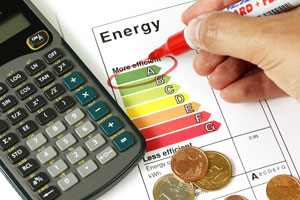 Energy costs are rising around the world. In the United States, the cost of electricity, natural gas, and coal are all expected to increase in 2020.[1] As oil prices increase, energy costs are rising in Britain, and in Australia, the cost of electricity has skyrocketed.[2] It will become increasingly necessary to manage costs by maintaining efficient operation of energy systems as energy prices continue to rise.
Energy costs are rising around the world. In the United States, the cost of electricity, natural gas, and coal are all expected to increase in 2020.[1] As oil prices increase, energy costs are rising in Britain, and in Australia, the cost of electricity has skyrocketed.[2] It will become increasingly necessary to manage costs by maintaining efficient operation of energy systems as energy prices continue to rise.
Steam is a common byproduct of energy generation in boiler systems. When energy is generated in a boiler system, heat energy is transferred to water, which generates steam used for heating. Measuring the steam produced by a boiler is the most logical way to measure boiler output, but it is extremely difficult to measure steam output accurately.[3] In a world where energy costs are only expected to increase, it is imperative that boiler output be measured accurately in order to conserve both money and energy. Continue reading “Gas Mass Measurement”
The Key to Energy Efficiency
“In the real estate industry you always hear this phrase, ‘Location, location, location.’ I think for energy management systems the key is ‘Execution, execution, execution.'”[1]
— Sara Lisauskas, Energy Management Systems: Maximizing Energy Savings
 What comes to mind when you think of the phrase “energy efficient?” Perhaps you think of LED light bulbs, electric cars, Energy Star appliances, or LEED-certified buildings. But energy efficiency isn’t limited to “green” products or certifications. Continue reading “The Key to Energy Efficiency”
What comes to mind when you think of the phrase “energy efficient?” Perhaps you think of LED light bulbs, electric cars, Energy Star appliances, or LEED-certified buildings. But energy efficiency isn’t limited to “green” products or certifications. Continue reading “The Key to Energy Efficiency”
[New Product Highlight] Air Velocity Transmitter | Series AVLV
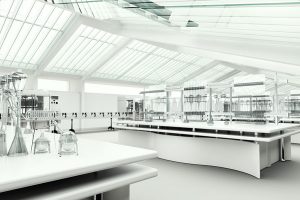 The Dwyer team recently released the latest model in our line of air velocity transmitters, the Series AVLV. This series is ideal for measuring low air velocity or volumetric air flow in applications such as: clean room systems, pharmaceutical buildings, variable air volume systems, and building ducts. Continue reading “[New Product Highlight] Air Velocity Transmitter | Series AVLV”
The Dwyer team recently released the latest model in our line of air velocity transmitters, the Series AVLV. This series is ideal for measuring low air velocity or volumetric air flow in applications such as: clean room systems, pharmaceutical buildings, variable air volume systems, and building ducts. Continue reading “[New Product Highlight] Air Velocity Transmitter | Series AVLV”

